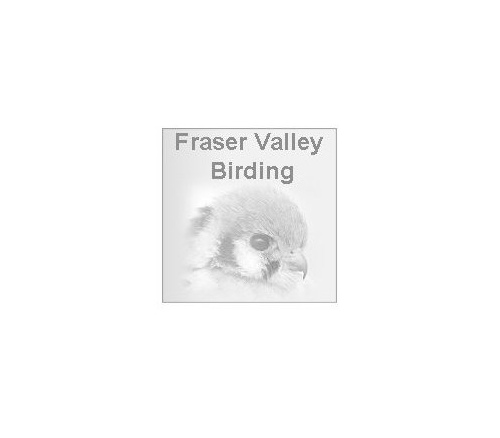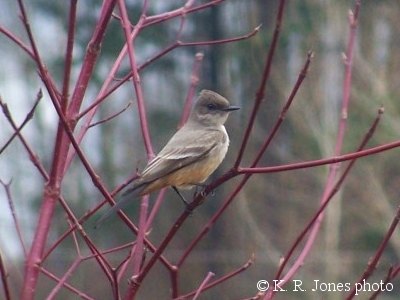|
||||||||||||||
|
|
||||||||||||||
|
Status in the Checklist Area - Rare
|
|||||||||||||||||||||||||||||||||||||||||||||||||||||||||||||||||||||||||||||
|
|
|||||||||||||||||||||||||||||||||||||||||||||||||||||||||||||||||||||||||||||
|
Information |
||||||||||||||||||||||||||||||||||||||||||||||||||||||||||||||||||||||||||||
|
A large member of the flycatcher family, Say's Phoebes prefer open areas such as fields and can often be spotted on conspicous perches as they watch for their main prey of insects. Wintering in the most southern parts of the southern States and Mexico, this species is encountered during migration especially during the spring. They spend their summer in open areas in the interior north into the Yukon and Alaska. Earliest record: March 14, 2007 (Hope Airport) Similar species: Best viewing locations: Sources: |
|||||||||||||||||||||||||||||||||||||||||||||||||||||||||||||||||||||||||||||
Noteworthy Data |
|||||||||||||||||||||||||||||||||||||||||||||||||||||||||||||||||||||||||||||
|
|||||||||||||||||||||||||||||||||||||||||||||||||||||||||||||||||||||||||||||
Photographs |
|||||||||||||||||||||||||||||||||||||||||||||||||||||||||||||||||||||||||||||
 |
 |
 |
 |
 |
|||||||||||||||||||||||||||||||||||||||||||||||||||||||||||||||||||||||||
 |
 |
 |
 |
||||||||||||||||||||||||||||||||||||||||||||||||||||||||||||||||||||||||||
| Audio and Video | |||||||||||||||||||||||||||||||||||||||||||||||||||||||||||||||||||||||||||||
| None available | |||||||||||||||||||||||||||||||||||||||||||||||||||||||||||||||||||||||||||||
Back to Species List |
|||||||||||||||||||||||||||||||||||||||||||||||||||||||||||||||||||||||||||||
|
|||||||||||||||||||||||||||||||||||||||||||||||||||||||||||||||||||||||||||||

